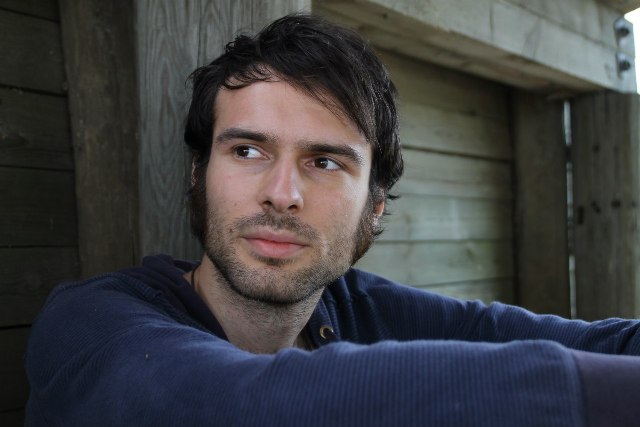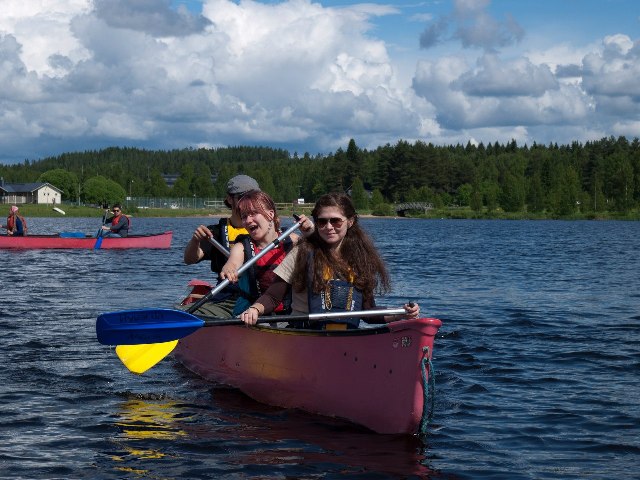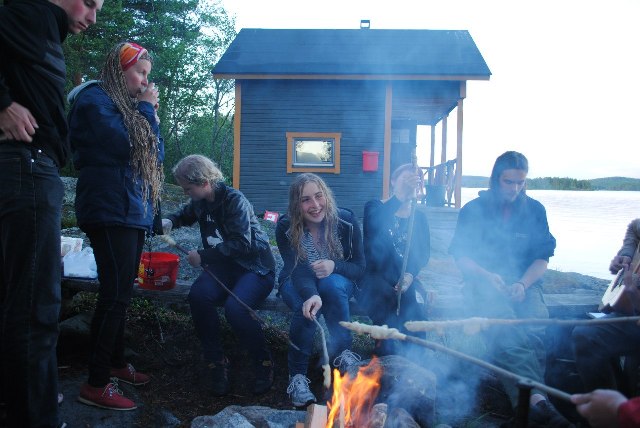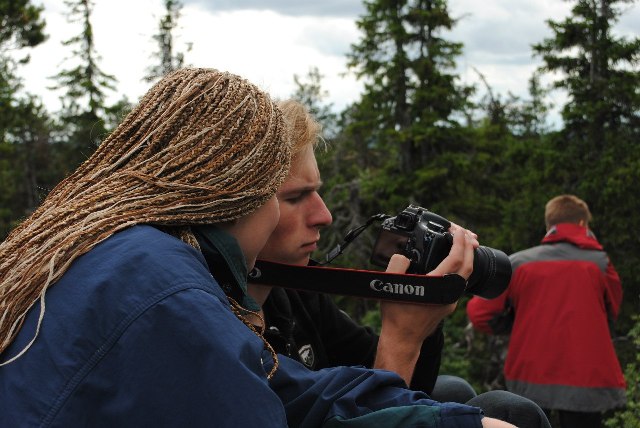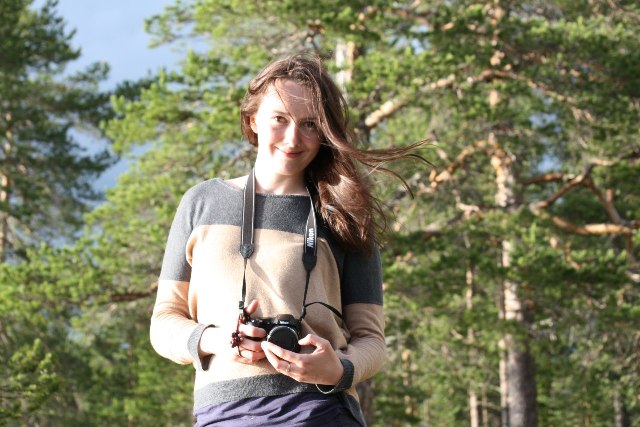There was a screening of a 1922 film called Häxan on 11/09 at LAIS. It’s a silent film and as used to be the tradition, a live band was invited to score the film. Greek post-rock group No Clear Mind were there to do the part.
It was one of the most intense audiovisual experiences of my life, comparable in recent memory only to Baraka and maybe the 21/12/’12 Eugenides Planetarium dome show with gravity says I. Is it a coincidence that the entrance for the Planetarium show and tonight’s screening was in both cases free? The best in things in life are, aren’t they?
The movie itself was a rather bizarre -in this awesome and captivating way- presentation of the story of witchcraft in medieval and more modern Europe. I don’t know if it sounds exciting to you -for me it didn’t really-, but the mere fact that this film was in cinemas (probably having already been banned or censored) around the time period my great-grandma was pregnant with her daughter, just made me lose myself in the implications. I imagined people from the future similarly watching contemporary films and getting a glimpse at today’s society. It was breath-taking: I made the realisation that I had moving pictures in front of me that enabled me to have a look at history. What an amazing thing, old films… Of course, not all old movies have this effect on me. In Häxan though I could somehow feel the creators’ need to tell this story, I could see through the techniques they used, I could imagine them working on the film, editing, acting.
The film really made me travel to the 15th century, it made me imagine life then perfectly: dominated by superstition and the church, anything out of the ordinary (whatever people would deem ordinary 500+ years ago, that is) pinnable on these satanic women. “Those people were my ancestors – it could have also been me!”, I thought. Every single person alive in Europe today most probably has predecessors who were burnt at the stake (8,000,000 million suffered this fate, the film claimed), people who had the same needs as us: the need to believe, the need to know, the need to love and feel loved… It was less a film and more a timeless window through which I had a good time recreating the past in my mind with the help of moving pictures. Mission accomplished, right?
And then there was the music. No Clear Mind is a Greek post-rock band I first found out about through Maria Kozari Mela – the girl to whom I more or less owe my meeting with Dafni, by the way. I liked this group before; you know, I would occassionally listen to this one album Maria sent me back then and I’d think “yes, that’s pretty solid music”, maybe also wondering just how many more Greek true quality bands simply get drowned down in the sea of noise we call popular music in this country. But that night, it was something else entirely. I don’t know exactly what happened, if they had written the score for the film or if they were just improvising while watching the it. Whatever it was, it was something else. I already mentioned that it was one of the most intense film & music experiences I can remember having. Crying is the qualifier for these moments for me. I usually cry when the beauty, not the sadness alone, is too much to bear; tonight it was both seperately and both together. It was sublime.
The biggest problem is that it was also probably something I won’t ever be able to share with anyone, unless No Clear Mind have recorded the concert somehow. The film on its silent own or with a different soundtrack would probably not have evoked the same reaction in me; it’s the staggering combination that made it so special.
I realise there are too many words above trying in vain to describe or convey something that required so few of them to make its impact. Here’s to more unexpected, serendipitous moments of beauty…









